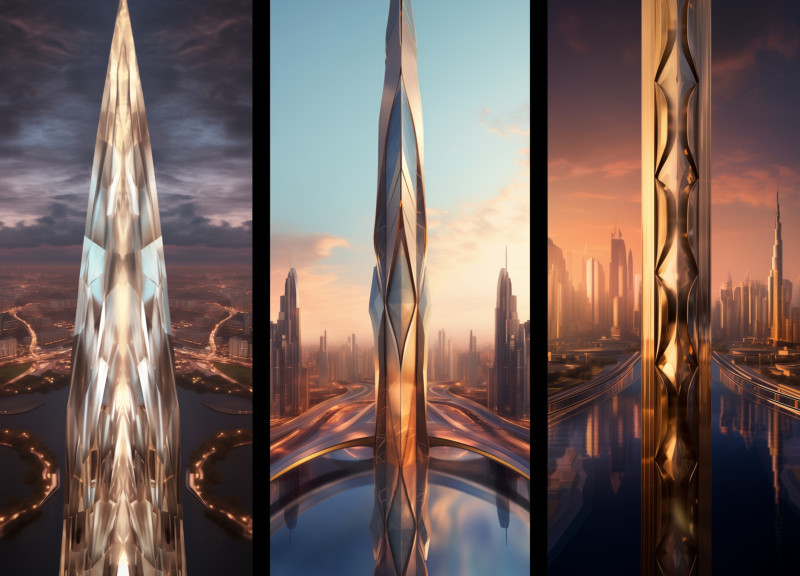5 key facts about this project
The project is situated in a vibrant locale, which greatly influences its architectural expression. The surrounding environment has been a significant factor in the design process, guiding the choice of materials and forms employed. The building's conceived function is multifunctional, catering to community needs while also providing flexible spaces that can adapt to varying activities. The thoughtful distribution of spaces allows for natural movement and interaction, encouraging engagement among users.
A notable aspect of the architectural design is its materiality. A careful selection of materials has been made to enhance sustainability and aesthetic appeal. Natural stone, for example, is prominently featured, providing durability and a sense of timelessness to the façade. Additionally, wood accents are utilized to introduce warmth and a tactile quality, contrasting effectively with the more robust stone elements. These materials not only serve practical purposes but also foster a connection with the natural environment, reflecting a conscious effort to minimize the ecological footprint of the project.
The roof design is particularly innovative, characterized by a series of green elements that integrate vegetation into the architectural profile. This biophilic approach not only helps in reducing heat and improving air quality but also brings nature into the urban setting, encouraging biodiversity. The green roof serves as an extension of the interior spaces, creating areas for relaxation and community gatherings, thereby enhancing the overall experience of the building.
The entrance of the building is designed to be inviting, with large glass panels that maximize natural light and provide transparency between the interior and exterior. This design choice promotes a visual connection with the surroundings and allows for the interplay of light throughout the day, further enriching the user experience. The careful arrangement of openings throughout the structure ensures cross-ventilation and an abundance of natural light, contributing to energy efficiency and the well-being of its occupants.
Further exploration of the project reveals architectural plans that illustrate the meticulous layout of spaces, highlighting the functionality and flow designed into the project. Architectural sections provide insights into the building's vertical organization and the relationship between different levels, showcasing the thoughtful interplay of public and private areas. These details emphasize the designer's intention to create spaces that support community interactions while also providing secluded environments for personal reflection or quiet work.
In discussing the unique design approaches integrated into this project, it is essential to emphasize the commitment to sustainability and community engagement. The use of local materials minimizes transportation impacts and supports local industries, while the multifunctional spaces foster community engagement and accessibility. The design encourages a participatory atmosphere, aiming to cultivate a sense of belonging among the users.
Overall, this architectural project stands as a testament to how thoughtful design can harness the power of space, material, and context to create functional and inviting spaces. The attention to detail and the integration of sustainable practices enhance the building's legacy, ensuring its relevance over time. To gain deeper insights into this project and its architectural ideas, readers are encouraged to explore the detailed architectural plans, sections, and various design elements showcased in the project presentation. This exploration will reveal the thought processes that shape such impactful architecture, highlighting the project's contribution to both the built environment and the community it serves.


























